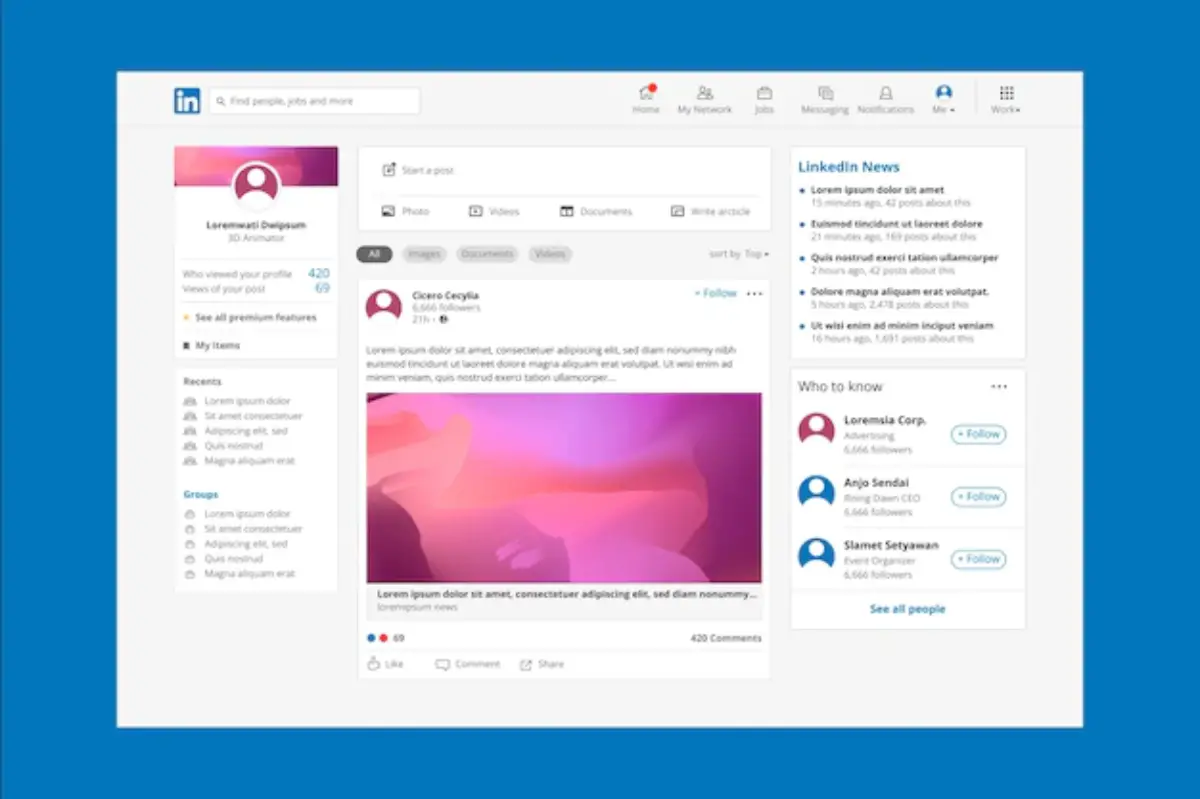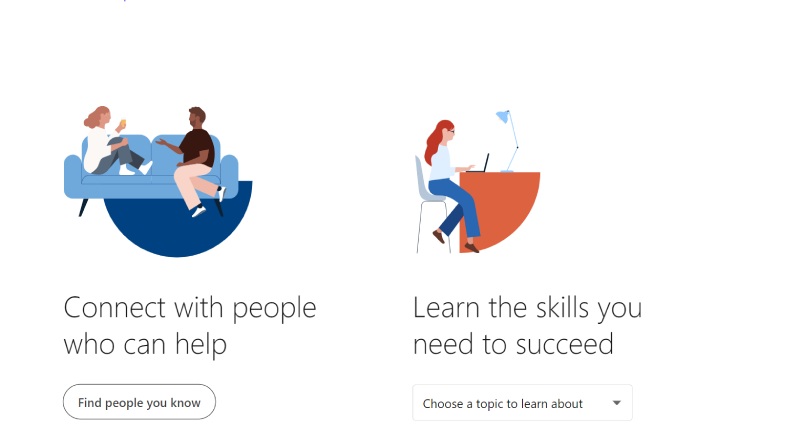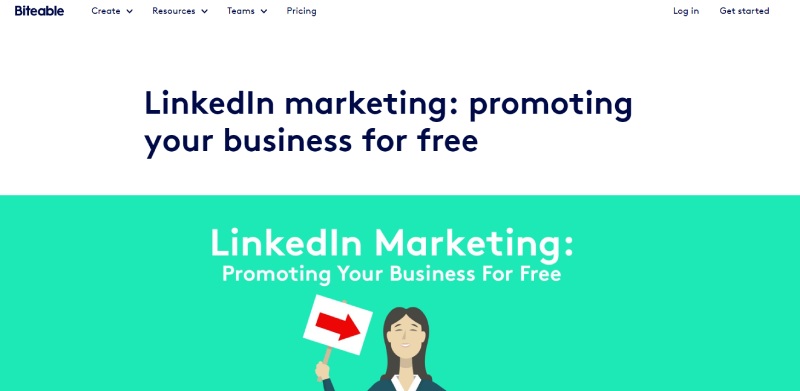The terms “first-degree connection,” “second-degree connection,” and “third-degree connection” on LinkedIn denote the various degrees of connections you have with other LinkedIn users.
Your first-degree connections are persons with whom you are linked on LinkedIn. Your second-degree connections are those with whom your first-degree relationships are linked. And those who are connected to your second-degree connections are your third-degree connections. Well, it’s not that difficult. If it is, this article will help you solve it.
In this blog post, I’ll walk you through some of the differences between connections and their visibility.
Table of Contents
What are LinkedIn connections?
LinkedIn connections are people that you are connected to on the LinkedIn network. LinkedIn is a professional social networking site that allows users to communicate with others in their area and share information.


LinkedIn connections can be people you know personally or have met through work or other professional activities. You can also connect with people you have yet to meet but would like to network with. LinkedIn connections can be valuable for networking and building relationships.
What Do First, Second, and Third-Degree Connections Mean On LinkedIn?
If you look at someone’s LinkedIn profile, you can discover that you are related to them in one of three ways: first, second, or third degree. But what exactly do these phrases mean? There are three types of connections.

- First-degree connections.
A first-degree connection is someone with whom you are directly connected on LinkedIn. This means that you have either been accepted or been accepted by this person as a LinkedIn connection.
- Second-degree connections
A second-degree connection is someone who is connected to your first-degree connections. This means that you indirectly connect to this person through one of your first-degree connections.
- Third-degree Connections
A third-degree connection is someone who is connected to your second-degree connections. This means that you indirectly connect to this person through one of your second-degree connections.
Why is it crucial to understand how these various kinds of connections differ from one another? Well, it’s important because of the visibility that helps you see the profile of different connections based on their number or order.
What can a first, second, and third-degree connection view?
A feed of information from your first-degree relationships is displayed when you log into LinkedIn. That is the list of persons with whom you are linked on LinkedIn. How about your second and third-degree relationships, though? Do they also have access to your feed?
Visibility for First-degree connection
Suppose you are a first-degree connection to someone. In that case, you may view their complete profile, including their contact information (if they haven’t hidden it), like their email address and phone number. You can also view their connections if your first-degree connection’s setting is set to default.
Visibility for Second connections
Likewise, you can also view the complete profile of your connections in your second degree. The email address and phone number won’t be displayed in a 2nd-degree relationship, though.
You can also only view their public activity, not private ones. Second-degree relationships cannot be messaged directly too.
Visibility for Third-degree connections
Third-degree links are extremely distant connections, which results in restricted visibility of their profiles. In addition, third-degree relationships’ contact information is kept a secret.
Because LinkedIn seeks to safeguard its members’ safety, it offers several levels of visibility based on the number of connections.
How many connections on LinkedIn would be ideal?
Your objectives for utilizing LinkedIn will determine the answer to this query. The number of connections you should aim for is 500 if you want to expand your professional network. By doing this, you’ll be able to create a strong network of connections on LinkedIn with whom you may interact. On the other hand, if you intend to utilize LinkedIn for marketing, you should aim for about 1000 followers. As a result, your work will be more accessible to a larger audience. Several elements, such as:

- Your industry
- Your business size
- Your Brand objectives.
will determine the appropriate amount of LinkedIn followers for your company. Although building a sizable LinkedIn following can take some time and work, it can be a very useful resource for your company. Your brand can be enhanced, leads can be generated, and you can develop thought leadership by having a large following.
Conclusion:
LinkedIn is a social networking site for professionals from different industries. LinkedIn connections are two-way relationships between LinkedIn users. You can only connect with someone on LinkedIn if they’ve accepted your invitation to join. While building connections, be careful to send and receive requests from anyone.
I hope you understand how a LinkedIn connection works. Thanks for reading this blog!

